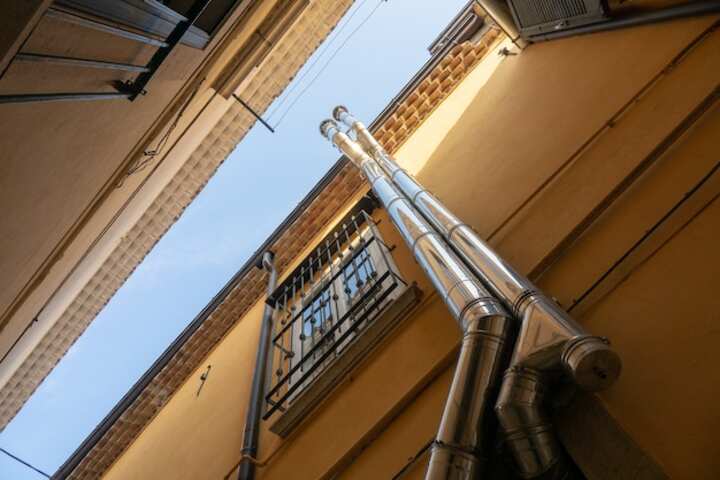
Maximize Comfort and Savings with Insulated Vinyl Siding Installation
In the quest for enhancing home aesthetics and energy efficiency, homeowners often overlook the potential of siding materials. Insulated vinyl siding stands out as a remarkable choice that combines both charm and functionality. This material not only boosts the visual appeal of a home but also offers excellent insulation, leading to substantial energy savings. Understanding the benefits and installation process of insulated vinyl siding can help homeowners make informed decisions that maximize comfort and savings.
Benefits of Insulated Vinyl Siding
Enhanced Energy Efficiency
One of the primary advantages of insulated vinyl siding is its ability to significantly improve a home's energy efficiency. The insulation layer attached to the vinyl siding acts as a thermal barrier, reducing heat loss in the winter and keeping the home cooler in the summer. This translates to noticeable reductions in heating and cooling costs.
- Reduces energy bills by maintaining a consistent indoor temperature.
- Decreases reliance on HVAC systems, thereby extending their lifespan.
- Contributes to a more sustainable living environment by lowering carbon footprints.
Learn more in this detailed guide about how insulated vinyl siding contributes to energy efficiency: Read more about this topic.
Durability and Low Maintenance
Insulated vinyl siding is known for its durability and minimal maintenance requirements, making it an attractive option for homeowners seeking long-term solutions.
- Resistant to harsh weather conditions, including wind, rain, and hail.
- Does not require frequent painting or sealing, unlike wood siding.
- Easy to clean and maintain, often needing just a simple wash with a hose.
Explore further insights on maintaining insulated vinyl siding: Learn more in this detailed guide.
Improved Aesthetic Appeal
Available in a wide variety of colors and styles, insulated vinyl siding can enhance a home's curb appeal while aligning with personal design preferences.
- Offers versatility to match traditional or contemporary home styles.
- Retains color well over time due to advanced UV-resistant coatings.
- Can mimic the appearance of natural materials like wood or stone.
Find additional information on how to choose the right style for your home: Explore further insights here.
Installation Process
Pre-Installation Considerations
Before installation begins, it's crucial to conduct a thorough assessment of the existing siding and underlying structures. This step ensures that the new siding will be installed on a solid foundation, free of moisture or structural issues.
- Inspect for damages or rot in the existing siding.
- Evaluate the need for additional insulation or waterproofing measures.
- Plan for any necessary repairs or replacements of soffit and fascia: Read more about this topic.
Steps in the Installation Process
The installation of insulated vinyl siding involves several key stages to ensure a seamless fit and optimal performance.
- Removal of Old Siding: Carefully remove existing siding to prepare for the new installation.
- Surface Preparation: Address any underlying issues, such as mold or rot, and ensure the surface is level.
- Insulation Placement: Attach the insulation layer to the back of the vinyl siding panels.
- Panel Installation: Securely fasten the panels to the home's exterior, ensuring proper alignment and spacing.
For a comprehensive look at the installation process, find additional information here.
Customer Reviews and Feedback
Understanding customer experiences can provide valuable insights into the benefits and potential challenges of insulated vinyl siding. Homeowners frequently report satisfaction with their decision due to energy savings, improved aesthetics, and low maintenance.
Check out customer reviews here to see what others are saying: Check out customer reviews here.
In conclusion, insulated vinyl siding offers a robust solution for enhancing a home's energy efficiency, durability, and aesthetic appeal. By understanding the benefits and being well-informed about the installation process, homeowners can make decisions that will maximize their comfort and savings over the long term.